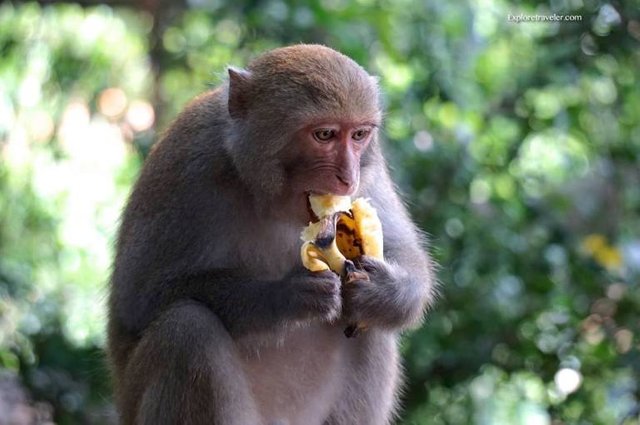
Having Lunch In The Garden
Taiwan, situated off the coast of mainland China, is a small island nation that is part of the Republic of China. Taiwan, rich in wildlife and flora, has many amazing animals and spectacular flowers. One of these magnificent animals is the Formosan Rock Monkey, also called the Formosan Rock Macaques. These cute and mischievous moneys are the only monkey native to Taiwan. These cute little monkeys, love trees, but they are not a major part of their environment. What they do love are tropical forests, temperate forests, and bamboo forests. On occasion, you will even find them living in the vast grasslands. Though they are excellent climbers, more than not, they prefer to stay on the forest floor. Though they are found all over the island, they are not seen as often near the coastal beaches. Since many keep building near the beaches, they are going deeper into the forests.
The Formosan Rock Monkeys are omnivores, so they eat many different plants, fruits, seeds, leaves, and small animals and insects. This monkey, in the above picture, is enjoying a rich banana for his lunch. Since they are comfortable around people, they often visit farms and consume a dinner rich in the crops of the planted fields. They love foraging for food among the fields at harvest time, though this can bring conflict with the farmers. On occasion it gets them killed, but they are protected by law as a disappearing species.
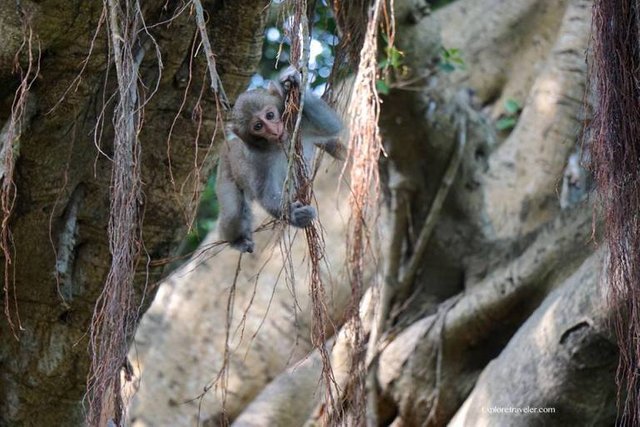
Playful Baby Formosan Rock Monkey Testing Out The Vines
Though trees and vines are not a necessity for the Formosan Rock Monkey, these babies love to play in all the vines found in the jungle forest. Have you ever seen a young monkey that did not want to swing? This little fella is no exception, as he is swinging and playing with the vines found in his native forest playground in the mountains of Southern Taiwan.
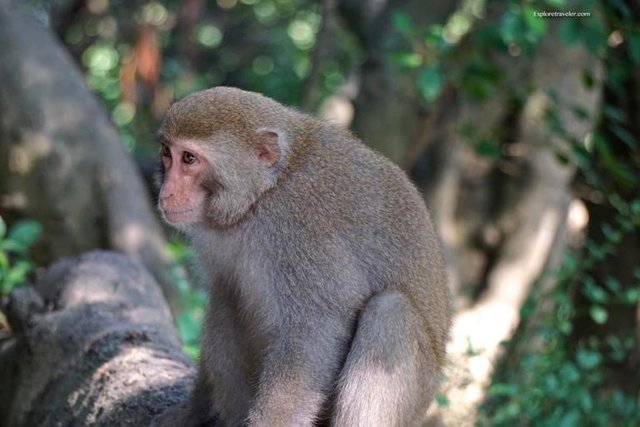
Formosan Rock Money With Large Cheek Pouches
If you have ever watched a chipmunk foraging for nuts and acorns, you will notice that they have huge pouches in their cheeks. Just like their little friend, the chipmunk, the Formosan Rock Monkey gathers the seeds, fruit, leaves, and other goodies he finds in the forest and carries them home in his special shopping bag, his cheek pouches. How convenient to have a built in shopping bag that allows them to hoard their food and carry it home for a latter time. The Formosan Rock Monkey, like the ant, prepares well for the future and the family.
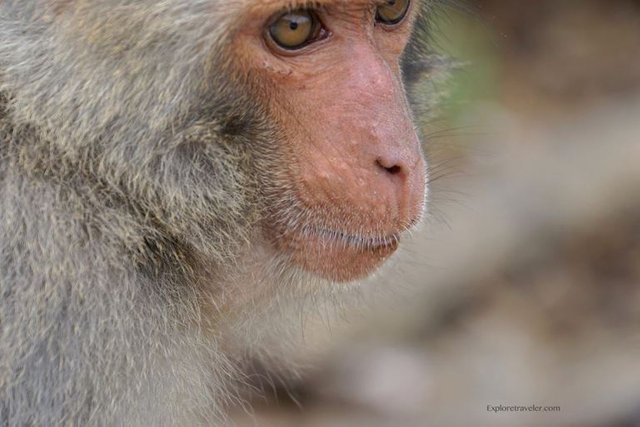
Close up Of The Facial Features Of The Formosan Rock Money
The Formosan Rock Monkey is considered a medium sized monkey that in winter has a beautiful dark grey to brown coat. During the warmer days of summer his coat changes to a olive or brown color. The different color changes help them to blend in with the foliage of the plants in the jungle. In the above photo, you will notice the salmon pink face. They have no hair on the face at all. Naturally, you can see the large cheek pouches that he carries his bounty after a profitable foraging session. The Formosan Rock Monkey is very resourceful!
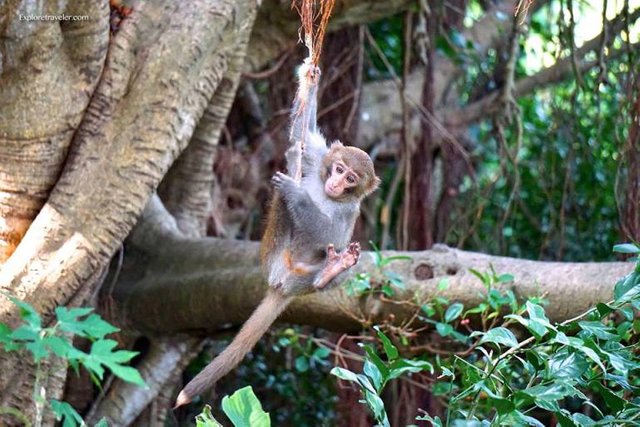
Juvenal Monkeys Love To Play
Formosan Rock Monkeys live in troops ranging from eight members to forty-five members. Juvenal Male Monkeys usually strike out on their own sometime after the fifth year. Until that time of maturity arrives, they will grow, learn and have a swinging good time. Each troop will have one alpha male, but it may have older males that live on the edge of troop life. Female monkeys often stay in the same troop that they were born into, but low-status female members sometimes branch off and form a totally new troop. These new troops are usually quite a bit smaller, with less than 10 members. This is a way of building status and importance for very low status females.
The Juvenal female members of the troop usually begin breeding sometime after the fourth or fifth year. The breeding season begins in late fall, generally in November and lasts till early January. The mother carries her young around 165 days, giving birth sometime around April to June. Younger females have a single birth usually every couple of years, where as older females often give birth each year. The mothers will continue to nurse their babies for around one year, during which she is also the primary care giver of the newest member of the family. The Juvenal monkeys are pretty much independent once they reach two years of age. However the males often stay with the troop until close to five years. Female Juvenal Formosan Rock Monkeys may stay close to their mothers for their whole life-time, retaining strong bonds.
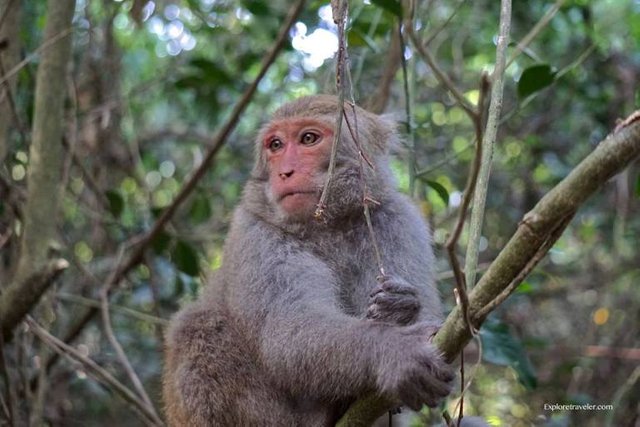
Quite Content In His Perch In The Trees
The world of the Formosan Rock Monkey is quite protected and we see their numbers growing as they live without threat from poachers, researchers, and those wanting to use them for medical purposes. Even the pet industry had to be curtailed. This has been a major success story for Taiwan and a model for the world. But not all of the Taiwanese are part of their fan club. These monkeys are excellent forgers and often forge in the fields of farmers, carrying off their bounty in those chubby cheek pouches. As we can see, what is a success story for one group, is not for another.
Another problem that had come up with the increase in their numbers, is that people were feeding them. This often led to the monkeys bothering people to get food, a trait that was not desirable. Thus, in the last few years, people have been asked to not feed the monkeys, but to enjoy their amusing behavior and amazing personality. No other animal can entertain any better, or hold the interest of a crowd any longer, than these amazing Taiwan natives to the Southern Mountains. These monkeys are smart, and when human behavior changed around them, they also made changes, no longer going after everyone to get food. This is just another of the success stories of Taiwan.
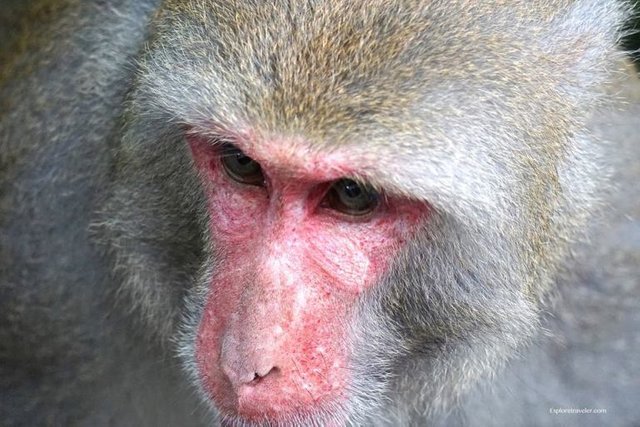
Formosan Rock Monkey Observing The World Around Him
This older monkey almost appears to be deep in thought. Is he planning his daily routine, or just languishing in the thoughts of his intelligent mind? Whatever the case, you almost want to offer him a penny for his thoughts.
This magnificent creature mainly lives in the Southwestern and Northeastern parts of the mountainous regions of the island. In times past, when the island had fewer inhabitants, he also enjoyed the coastal areas. Now he spends his days in the mountains sharing his range with other inhabits like the Bluetail Senegal and the American Bullfrog. What a beautiful chores the American Bullfrogs can share. It must be amazing to share space with such a wonderful singer.
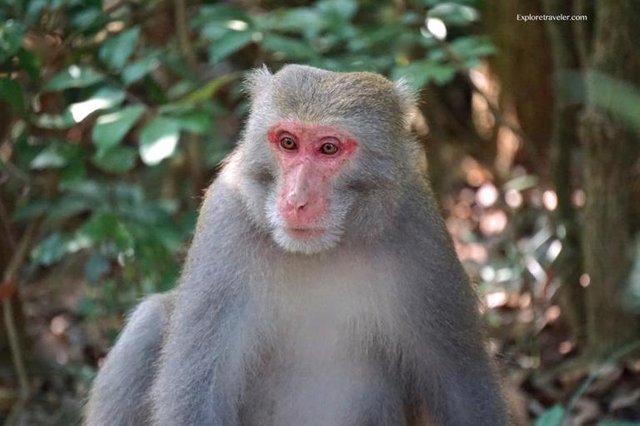
Living The Good Life At Shoushan Nature Park In Kaohsiung
Kaohsiung, Taiwan is a city found in the South of the Island of Taiwan. Though many consider Taipei to be Taiwan’s grandest city, Kaohsiung is a major rival. If you enjoy hiking, geological and ecological sites, cultural history, and a laid back environment, then Kaohsiung should be a part of any Taiwan adventure. One of the most amazing sites is Shoushan, which is a part of Monkey Mountain. This is the first National Nature Park in Taiwan and it is the site of major hiking opportunities on Monkey Mountain, including an exciting visit to a tea station, and of course there is Monkey Paradise.
Near the entrance to the Zoo are the trail heads to three of the best trails on the mountain. The middle trail is generally considered to be the best for those who may not have time to explore all three. As you climb the mountain you will see several ancient Banyan trees and also begin to get marvelous vistas of Koahsiung and finally you will arrive at a Monkey station. All along the trail you will find these ancient Banyan trees hanging onto the limestone cliffs. The rocky cliffs themselves are a source of beauty and enjoyment. Going a little farther and you will begin to see the only native monkey in Taiwan, the Formosan Rock Monkey. It is good to keep all food supplies hidden, and do not feed the monkeys. The monkey’s have absolutely no fear of humans that they see hiking the trails, and should be treated with great respect.
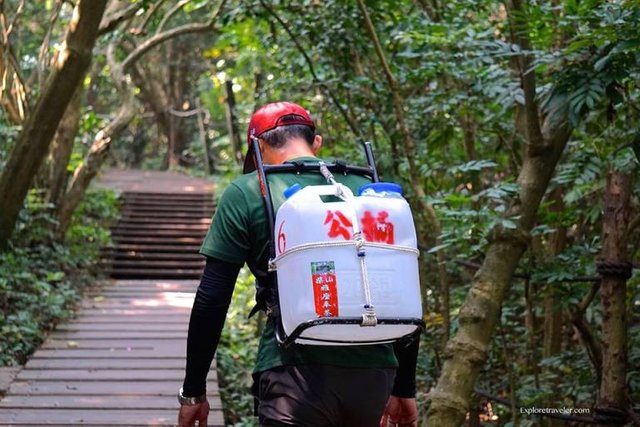
Water Carrier Climbing To The Top Of Monkey Mountain
The climb up to the top of Monkey Mountain is steep and takes around an hour for a seasoned hiker. Can you imagine the job of bringing water to the tea and monkey stations? Just think, any water that is consumed by the humans or the moneys needs to be carried up the same trail that you have been hiking. It is a beautiful and steep climb, but well worth the effort. It really makes you think and appreciate the water that is used at the above stations.
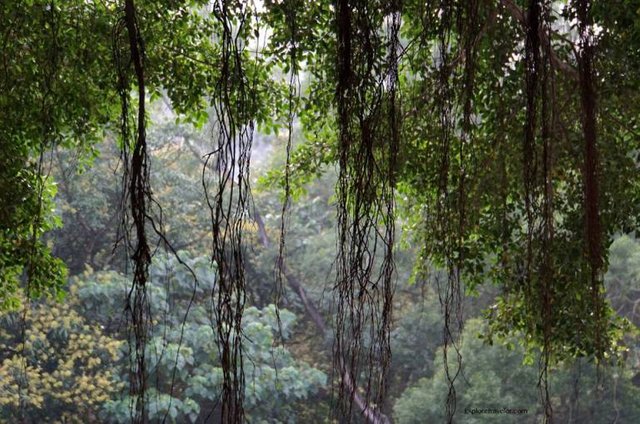
Shoushan Nature Park In Kaohsiung
Shoushan Nature Park in Kaohsiung is a dense Secondary Forest. Even though it is a forest that has been harvested once, signs of a major disruption are no longer seen. Since this forest regrowth was not due to natural disasters of any kind, the dead trees lie on the forest floor providing major nutrients and major protection from soil erosion. This is what is the major plus with a secondary forest over a forest devastated by fire, wind, water, etc. This forest is lush, thick, and very green.
Among the many trees that provide for the needs of the Formosan Rock Monkey are the Dendrocnide Meyeniana Tree, also referred to as the Lipa Tree. While this may be a special tree for monkeys, it often causes rashes for people who happen to rub against it. The Chinese have an interesting name for this native tree that is not too friendly to humans. They call it the “dog bitten fruit.” This is the English translation of the not too favorable Chinese name. This tree, loved by monkeys and hated by humans, is native to Taiwan, and is mostly found in the secondary forests of the Island of Taiwan. Regardless of how it affects humans, the monkeys often run and play in this tree found in the Shoushan Nature Park.
Another of the major trees of the over story in Shoushan Nature Park is the Paper Mulberry Tree. This tree is native throughout Asia and also was brought over to the United States. It is considered to be important in Asia and the Islands of the Pacific Ocean for for food, medicine, and even fiber. In China they use it to make paper, and Japan uses the inner bark to make the famous Washi Paper.
In some of the Islands of the Pacific the Paper Mulberry is used for ceremonial clothing. Many countries make furniture and cooking utensils from it’s wood. All over the world, wherever it grows, the edible leaves are cooked and the fruits are delicious. The Formosan Rock Money loves the seeds, bark, fruit, and leaves of the Paper Mulberry Tree. What a delicacy they provide for this monkey native to Taiwan.
Another major member of this secondary forest is the Banyan Tree. The Banyan Tree is noted for often starting life in a hole or crack or another tree. The Banyan Tree is commonly known as a Fig Tree and the Taiwanese Formosan Rock Monkeys love it’s nice ripe fruit.
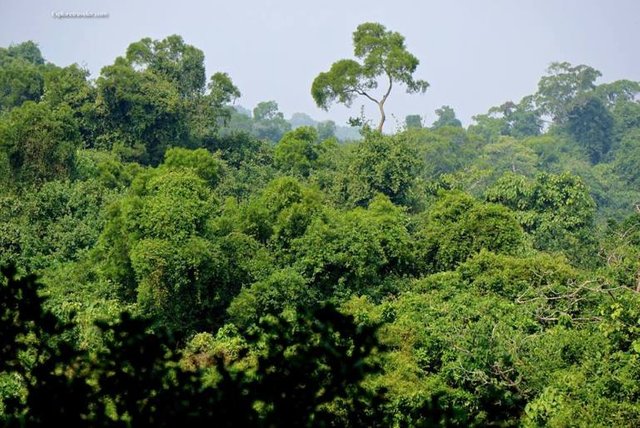
Shoushan Nature Park On Monkey Mountain
The secondary growth on all of Monkey Mountain is lush, and heavily forested. The forest is blessed with a wide range of coniferous and hardwoods, as well as large selections of shrubs. This temperate forest also has areas of native bamboo, with other areas of less thick shrubs. There are also plenty of areas of clearings with native plants forming a ground cover, all this is perfect for a ground-loving species.
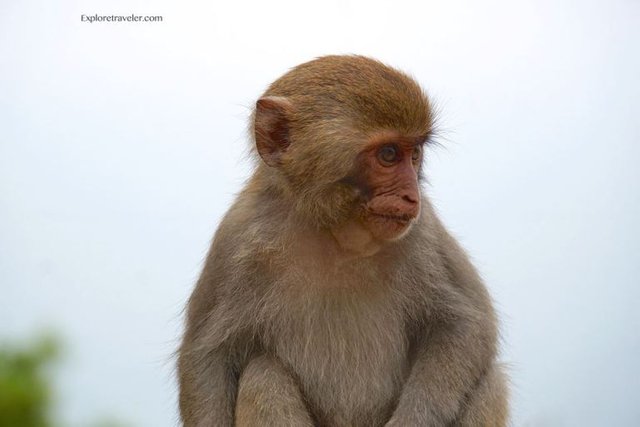
The Formosan Rock Monkey Living On Monkey Mountain
Shoushan Nature Park is the “backyard of the city of Kaohsiung” and the beginning of a Southern Taiwan Adventure. Exciting cliffs, spectacular rocks, magnificent caves, and geological wonders, are all part of this unique and fascinating natural park, with it’s coniferous and hardwoods blended in. This is a monkey paradise! If you have a love of nature, hiking, and enjoy discovering unique places in nature, then this is the perfect adventure for you. Come join the fun on Monkey Mountain.

ExploreTraveler has been creating travel articles, books, videos, and podcasts for several years now. It is our intention to bring our older material for others here to enjoy here on Steemit, and to create new material here as well. We invite you to click on our links to the original content, and to also follow us there as well. This post was originally posted on September 2,1918 at:
https://exploretraveler.com/taiwan-and-the-formosan-rock-monkeys/
Twitter Page, ExploreTraveler
Facebook Page, ExploreTraveler
"Helping bring the world together one friend at a time. So travel
and discover that the world is full of wonderful people." - ExploreTraveler
We have a travel tip audio book that you can purchase at Audible --> Here
Happy Travels,
ExploreTraveler.com

© 2018 ExploreTraveler. All Rights Reserved
#Exploretraveler
Nice...
Downvoting a post can decrease pending rewards and make it less visible. Common reasons:
Submit
Thanks @moniroy.
Downvoting a post can decrease pending rewards and make it less visible. Common reasons:
Submit
Stunning area! the best and maximum beautiful things inside the global cannot be seen or maybe touched- they have to be felt with the coronary heart. the vicinity is incredible, and the photos are the first rate.
Downvoting a post can decrease pending rewards and make it less visible. Common reasons:
Submit
Thank you @sayemsonai.
Downvoting a post can decrease pending rewards and make it less visible. Common reasons:
Submit
oh my god wonderful
Downvoting a post can decrease pending rewards and make it less visible. Common reasons:
Submit
So glad you enjoyed @shaikatkm.
Downvoting a post can decrease pending rewards and make it less visible. Common reasons:
Submit
Congratulations! Your post has been selected as a daily Steemit truffle! It is listed on rank 3 of all contributions awarded today. You can find the TOP DAILY TRUFFLE PICKS HERE.
I upvoted your contribution because to my mind your post is at least 7 SBD worth and should receive 115 votes. It's now up to the lovely Steemit community to make this come true.
I am
TrufflePig, an Artificial Intelligence Bot that helps minnows and content curators using Machine Learning. If you are curious how I select content, you can find an explanation here!Have a nice day and sincerely yours,

TrufflePigDownvoting a post can decrease pending rewards and make it less visible. Common reasons:
Submit
Thanks
Downvoting a post can decrease pending rewards and make it less visible. Common reasons:
Submit
Dear @exploretraveler,
Thank you for the submission for our project – 1001 Places to Remember. Let us go through the content and will make an announcement soon for the posts which will be winning the rewards as well as qualify for the publication.
Stay tuned and Steem on!
@archisteem and team
Downvoting a post can decrease pending rewards and make it less visible. Common reasons:
Submit